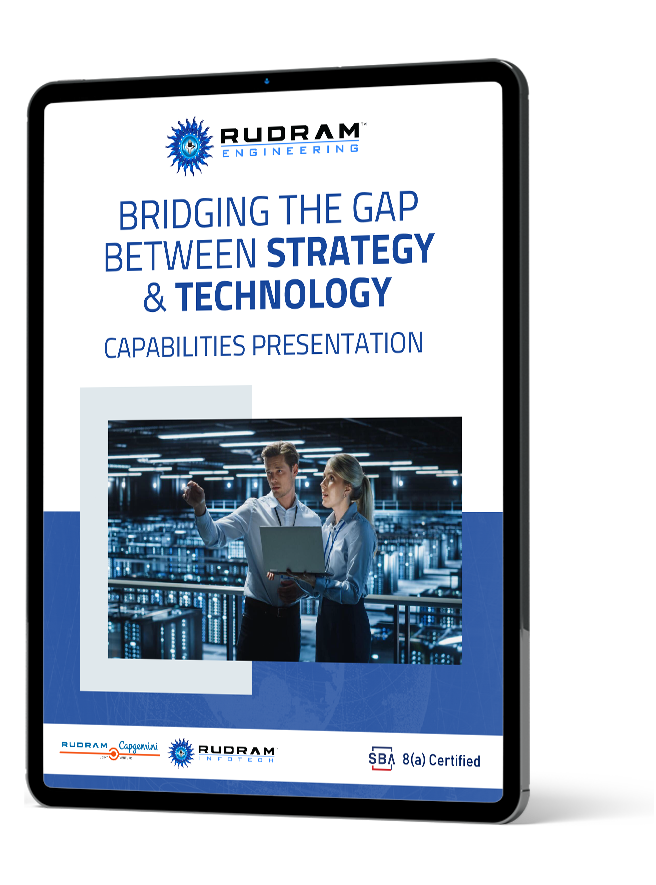In today’s fast-paced digital world, businesses are increasingly recognizing the need to evolve their technology infrastructure. Application modernization services are at the forefront of this transformation, enabling organizations to revamp their legacy systems and stay competitive. This blog explores the significance, benefits, and various approaches to application modernization, as well as key considerations for choosing the right service provider.
What is Application Modernization?
Application modernization refers to the process of updating and transforming legacy applications to leverage modern technologies and methodologies. This can include re-engineering, re-hosting, or replacing outdated systems to enhance performance, security, and user experience.
Why Application Modernization Matters
Key Benefits of Application Modernization Services
The rise of remote work and digital transformation has also brought about an increase in cyber threats and data breaches. In 2021, the average cost of a data breach in the IT sector reached a record high of $4.24M. To mitigate these risks, outsourcing firms are investing in advanced security measures such as VPNs, SSL, and multi-factor authentication. Additionally, the worldwide expenditure on information security is expected to reach $170.4B annually in 2022.
Strategies for Ensuring Data Security
Containerization and Microservices
Efficient Application Development
Developing software applications internally can be resource-intensive and challenging without experienced developers. By outsourcing these activities to trusted and experienced teams, organizations can achieve more efficient application development, better utilize their team’s time and capital, and focus on core business initiatives.
Key Benefits of Outsourcing Application Development
Types of Application Modernization Services
1. Cloud Migration
Migrating applications to the cloud enhances scalability and provides access to advanced tools and services.
2. Microservices Architecture
Breaking down applications into smaller, independent services allows for more flexibility and easier updates.
3. Containerization
Using containers to package applications ensures consistency across different environments and simplifies deployment.
4. Legacy System Modernization
Upgrading existing systems can improve performance and extend their lifespan without complete replacement.
5. Data Modernization
Updating data management practices enables better analytics and decision-making capabilities.
Challenges in Application Modernization
While the benefits are substantial, organizations may face challenges during modernization efforts:
Choosing the Right Application Modernization Partner
Selecting an appropriate service provider is crucial for successful application modernization. Consider the following factors:
Future Trends in Application Modernization
As technology continues to evolve, several trends are shaping the future of application modernization:
Conclusion
Application modernization services are essential for businesses looking to thrive in a digital-first world. By embracing modernization, organizations can enhance efficiency, improve user experiences, and remain competitive in an ever-changing market. As you consider your modernization journey, partnering with the right service provider will be key to unlocking the full potential of your applications.
About Rudram Engineering
Rudram Engineering Inc. (REI) is a well-known pioneer in software systems engineering, recognized for its creative solutions and the latest cutting-edge technologies. By focusing its resources on developing cloud-based technologies, REI further employs the power of DevSecOps to build security into the software development life cycle. The company also adopts Agile software development methodologies to be flexible, effective, and quick in delivering quality software solutions. Rudram Engineering Inc. is a name that epitomizes quality with innovation; it establishes new yardsticks in the industry with solid, scalable solutions that meet the dynamic demands of engineering.
FAQs
1.What is application modernization?
It’s the process of updating legacy applications to improve performance and functionality.
2.How long does it take?
Duration varies; projects can take several months to over a year.
3.What are the risks?
Risks include budget overruns and data migration challenges.
4.Can modernization be done incrementally?
Yes, many organizations prefer phased modernization to manage risk.
5.What costs are involved?
Costs depend on project scope and complexity; a detailed assessment is necessary.

Rudram’s commitment to excellence, transparency, and customer satisfaction sets them apart. They maintain strategic partnerships to harness cutting-edge technologies and expand their capabilities, ensuring that clients receive the best possible solutions.